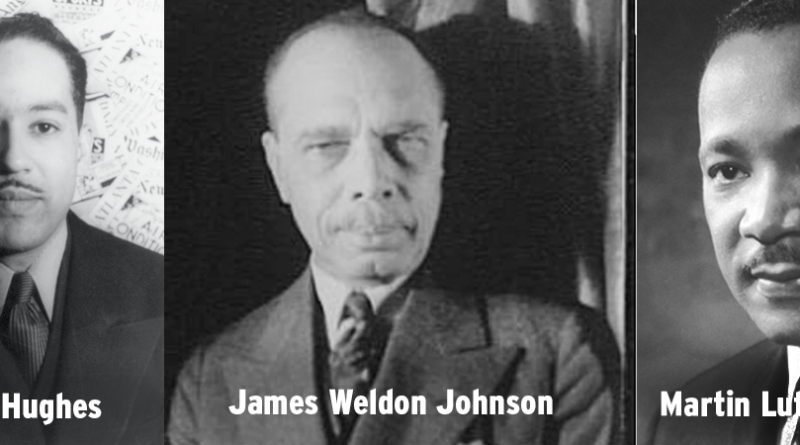NYCHA Developments Named after Black Americans
To commemorate Black History Month, The NYCHA Journal is highlighting the Authority’s developments named after prominent Black Americans. Residents of these developments have permanent reminders of these trailblazers who made considerable contributions to American life throughout our nation’s history.
“Those who have no record of what their forebears have accomplished lose the inspiration which comes from the teaching of biography and history.” – Dr. Carter G. Woodson
LANGSTON HUGHES (1902-1967) – A poet born in Joplin, Missouri. He recalled curling up in his grandmother’s lap as a child, listening to her stories which taught him to grow up courageous with a will to fight for his beliefs. A major figure in the Harlem Renaissance, Hughes depicted Black American life in his poems. His collections of verse include The Weary Blues and One-Way Ticket. Among his other works are plays, children’s books, and novels. Hughes Houses is in Brownsville, Brooklyn.
JAMES WELDON JOHNSON (1871-1938) – Poet and civil rights leader, Johnson, a Black intellectual, played a vital role in the civil rights movement as a poet, teacher, diplomat, and NAACP official. He is perhaps best remembered as the lyricist for “Lift Every Voice and Sing,” the poem that is often referred to as the Black national anthem. From 1916 to 1930, he was the key policymaker for the NAACP, and later became the civil rights group’s executive director. Johnson Houses is in Manhattan’s Spanish Harlem.
MARTIN LUTHER KING JR. (1929-1968) – An American Baptist minister whose eloquence and commitment to nonviolent tactics led him to set up the Southern Christian Leadership Conference, which formed the foundation for the civil rights movement of the 1950s and 1960s. Among the many peaceful demonstrations he led was the 1963 March on Washington, at which he delivered his “I Have a Dream” speech. He won the Nobel Peace Prize in 1964, four years before he was assassinated in Memphis, Tennessee. King Towers is in Manhattan’s Spanish Harlem.
(To see the previous prominent Black Americans and developments, click here, here and here.)

